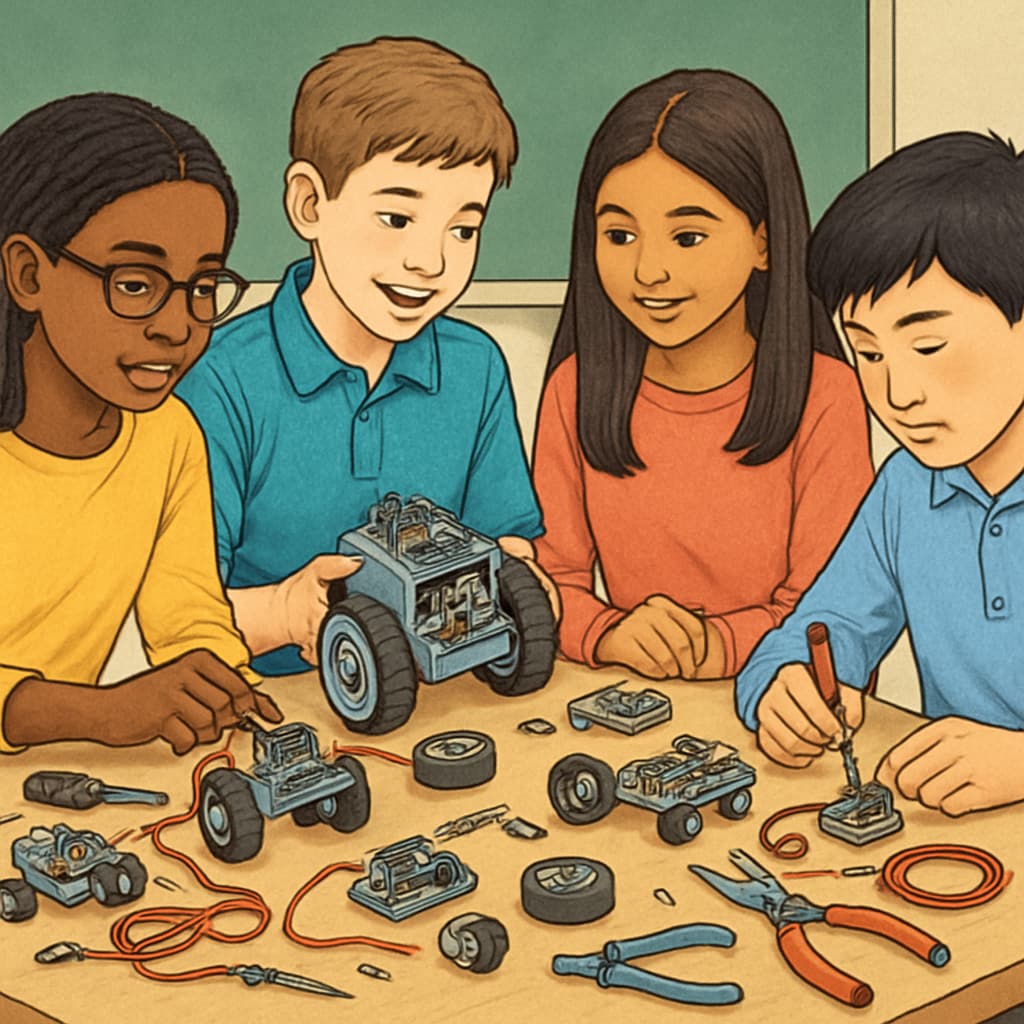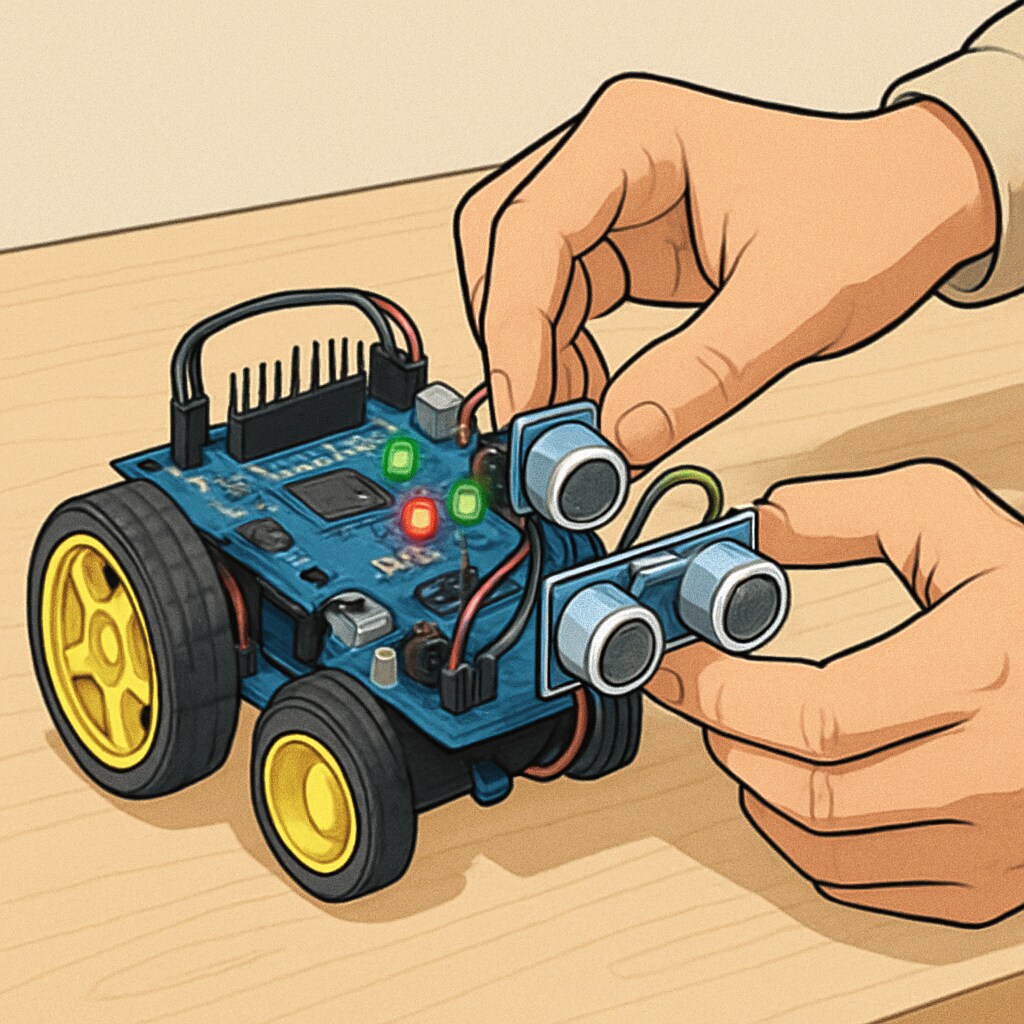Robotics courses, beginner education, and project-based learning merge seamlessly in our proposed K12 curriculum designed to solve the current challenges of fragmented resources and excessive technical complexity. According to educational robotics research, early exposure to hands-on robotics significantly improves STEM comprehension and problem-solving skills. This program structures learning through achievable milestones, allowing students to assemble functional robots while understanding core concepts.
Why Traditional Robotics Education Fails Beginners
Most existing programs make three critical mistakes:
- Over-emphasizing theory before practical application
- Using incompatible hardware/software combinations
- Lacking age-appropriate project scaffolding
As noted by the Encyclopædia Britannica, effective robotics education should mirror real-world engineering workflows – starting with tangible problems rather than abstract concepts.

Core Design Principles for Beginner Robotics Programs
Our curriculum follows four evidence-based guidelines:
- Progressive Complexity: Projects advance from basic mobility to environmental sensors
- Visual Programming: Uses block-based coding interfaces like Scratch
- Standardized Kits: Pre-selected components ensure compatibility
- Collaborative Structure: Team-based challenges mirror professional environments
Sample Learning Pathway
The 12-week program develops skills through themed modules:
| Phase | Duration | Key Outcomes |
|---|---|---|
| Mechanical Fundamentals | 3 weeks | Understand gears, motors, and structural design |
| Basic Programming | 3 weeks | Create movement sequences and simple sensors |
| Integrated Projects | 6 weeks | Build complete robots solving real-world scenarios |

Implementation Tips: Schools should allocate 90-minute weekly sessions with a 1:5 teacher-student ratio for optimal mentoring. The ISTE Standards provide valuable benchmarks for assessing technological literacy development.
By combining robotics courses with beginner-friendly pedagogy and project-based learning methodologies, we can create genuinely accessible STEM pathways. This approach not only builds technical skills but also cultivates the critical thinking and creativity essential for future innovators.


